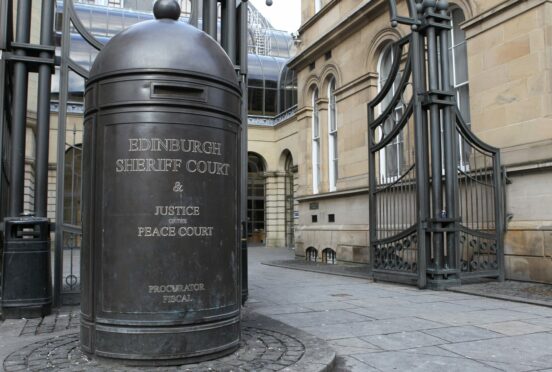Scots are being warned of a ‘sinister’ new scam, demanding financial information, that is circulating throughout Scotland claiming to be issued by Edinburgh Sheriff Court.
As with many fraudulent scams, the purpose of it is to extract money from the unsuspecting public.
This is being done through ‘bots’ which provide an ‘official’ phone number and issue demands for outstanding fines.
The hope is to secure financial information that can then be used to scam people of money.
The scam is trying to legitimise itself by claiming it is coming from Edinburgh Sheriff Court, and is impacting people across Scotland.
The Scottish Courts and Tribunals Service has made it clear that they do not contact people via telephone to demand money or threaten legal action over unpaid National Insurance, fines or debts.
While the Highlands is a large geographical region, it has a relatively small rural population in areas, and scammers can take advantage of how remote people are in what is known as ‘Highland hoax location scams’.
Advice Direct Scotland, which runs Scotland’s national consumer advice service, has urged people throughout Scotland to avoid supplying any personal financial information that can be used against them.
Remain vigilant and avoid giving out personal information
Marjorie Gibson, head of operations with Advice Direct Scotland, said: “In this instance, consumers are being contacted by ‘bots’ – interactive technology that can seem official, but can have more sinister and underhand objectives.
“If you are at all unsure, avoid pressing any buttons, and avoid requesting connection of the call to another party, as this can connect you to premium rate numbers, which can be costly.
“These scammers are reported to be calling from what seems to be the official number. Number spoofing occurs when scammers can use software to appear like it is the legitimate number when it is not.
“In instances like this, it is best to contact the company or organisation that the person is claiming to be contacting you from using a number listed on official websites or through directory enquiries.
“By doing this, you can ensure that you are reaching out to these organisations on your own terms.”
People can seek help in several different ways by freephone 0808 164 6000 or online, webchat and email at www.consumeradvice.scot.
The Press and Journal also advise on how to spot a scam here.
